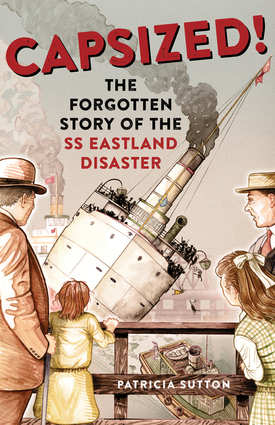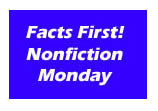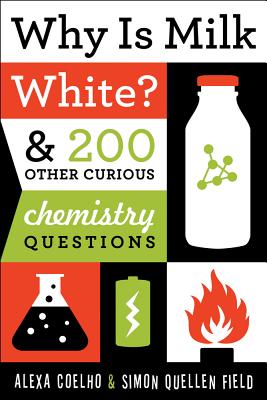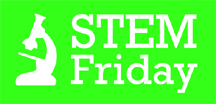
Capsized! The Forgotten Story of the SS Eastland Disaster
by Patricia Sutton
Chicago Review Press (July 1, 2018)
Grades 5–8, 176 pages
Here’s what the publisher says about Capsized!:
A fascinating historical account of courage and tragedy on the Chicago River
On July 24, 1915, the SS Eastland, filled to capacity with 2,500 passengers and crew, capsized in the Chicago River while still moored to the pier. Happy picnic-goers headed for an employee outing across Lake Michigan suddenly found themselves in a struggle for their lives. Trapped belowdecks, crushed by the crowds attempting to escape the rising waters, or hurled into the river from the upper deck of the ship, roughly one-third of the passengers, mostly women and children, perished that day.
The Eastland disaster took more passenger lives than the Titanic and stands today as the greatest loss of life on the Great Lakes. Capsized! details the events leading up to the fateful day and provides a nail-biting, minute-by-minute account of the ship’s capsizing. From the courage of the survivors to the despair of families who lost loved ones, author Patricia Sutton brings to light the stories of ordinary working people enduring the unthinkable.
Capsized! also raises critical-thinking questions for young readers: Why do we know so much about the Titanic’s sinking yet so little about the Eastland disaster? What causes a tragedy to be forgotten and left out of society’s collective memory? And what lessons from this disaster might we be able to apply today?
And what the critics say about Capsized!:
-
- “A true disaster story rivetingly told.” —Kirkus Reviews
- “A badly designed ship, a careless captain, and decks jammed with 2,500 passengers are a recipe for disaster. Patricia Sutton describes the tragic launching of the SS Eastland in a dramatic, riveting narrative filled with the vivid firsthand accounts of those onboard that brings readers along on a harrowing day trip.” —Jim Murphy, author of Newbery Honor titles The Great Fire and An American Plague
- “A riveting page-turner sure to grab readers’ attention. Patricia Sutton’s well-researched Capsized! will leave you shocked, saddened, and unable to put it down.” —Kate Hannigan, author of The Detective’s Assistant
- “Through meticulous research and vivid prose, Sutton brings to life the little-known story of the Eastland ship disaster. Based on firsthand accounts of passengers, ship workers and bystanders, readers can experience the people and events that led to the sinking of the fastest steamship on the Great Lakes and its tragic aftermath.” —Claire Rudolf Murphy, author of Gold Rush Women and Marching with Aunt Susan
- “The narrative-driven account, filled with quotes from individuals and newspapers, historical photos, and trial transcripts, is engaging and accessible…Extensive source notes, which account for every quote, as well as a bibliography, round out this informative, engrossing title.” —Booklist
- “Capsized! is an excellent book for historical research and highly recommended for both middle and high school libraries.” — KidsReads
And here are my thoughts about Capsized!:
I read this one as part of judging the CYBILS, and I could not put it down! I started reading it one night in bed, intending to get in a quick chapter or two before turning off the light, but I didn’t stop until I’d read every last page.
I’m shocked, and frankly a little appalled, that I’d never heard of this event before. Thankfully, Sutton chose to dedicate herself to telling this little-known story, and she tells it very well. The book itself reads with all the suspense and drama of a well-paced novel, but you can see the research that went into this true story in the included source notes and bibliography. I particularly appreciated how Sutton spelled out the various cumulative reasons for the disaster: there are many important lessons to be learned from this story. I also appreciated the very human connections Sutton built, letting us feel like we really get to know many of the passengers and their actions on that tragic day: there are lessons to be had there as well.
Giving readers both the factual account of an event and its emotional resonance from multiple viewpoints is not easy to do. This book pulls it off; an excellent example of narrative nonfiction and one I expect I’ll be going back to as a mentor text. Highly recommended!



